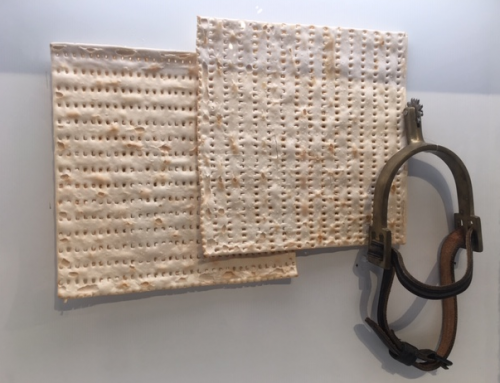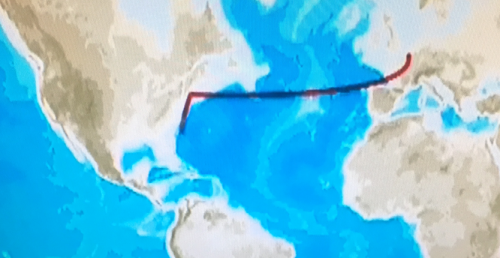San Antonio, Texas

– A Jewish story
We’re taking a quick break from our #TravelingWith Grace series to share this blog post by JMM’s Director of Development, Tracey E. Dorfmann about her recent visit to Texas! To read more posts from Tracey, click here. We’ll pick back up with Grace next Tuesday.

I recently had the opportunity to travel to San Antonio for professional development. The Association of Fundraising Professionals Conference was insightful and energizing, not to mention there is nothing like being around 2,500 optimists for three days! I extended my hours each day to include some local culture and museums. It was clear that I was in Texas when I entered the first museum.

Being part of the JMM team familiarized me with some of the Maryland Jewish story. It was fascinating to compare the Jewish immigration story of Texas to that of Maryland. The Institute of Texan Cultures at University of Texas San Antonio articulated a good deal of the local Jewish story. I learned that, like the Maryland story, Jews began to immigrate to Texas in the 1880s. Between 1907 and 1914 the Galveston Plan was devised. The Galveston plan was created and managed by several Jewish agencies and some prominent Jewish philanthropists with a goal of dispersing immigrants fleeing from Eastern Europe and Russia away from east coast cities. It was seen as a way to separate the established German Jewish communities from the influx of eastern European Jews. It was also a way to keep Charleston’s long-established Jewish community from growing much larger as South Carolina explicitly wanted only Anglo-Saxon immigrants by this point in time.

San Antonio already had a small Jewish community that included the Mexican Caravajel family of Jewish decent. Two Jewish patriots in the Texas army fought the Mexican troops in San Antonio in 1835. A Jewish community was founded there beginning in the 1850s. The Battle of the Alamo took place in 1866, and there were already Jews in San Antonio at that time. Jews were worshipping in homes for a few decades before the first formal congregation was formed in 1874. (As a point of reference Lloyd Street Synagogue was built in 1845 and Chizuk Amuno was built in 1876.) By the 1900s the Jewish population in San Antonio began to grow.

I also made time to visit the Briscoe Western Art Museum. In their permanent galleries visitors can engage with art and artifacts that date back to the introduction of the first Spanish horses to the area in the 16th century.



1 reply on “San Antonio, Texas”
So interesting to hear about San Antonio Alamo, Spanish horses and weasel tails in fashion. Thanks for the insight.